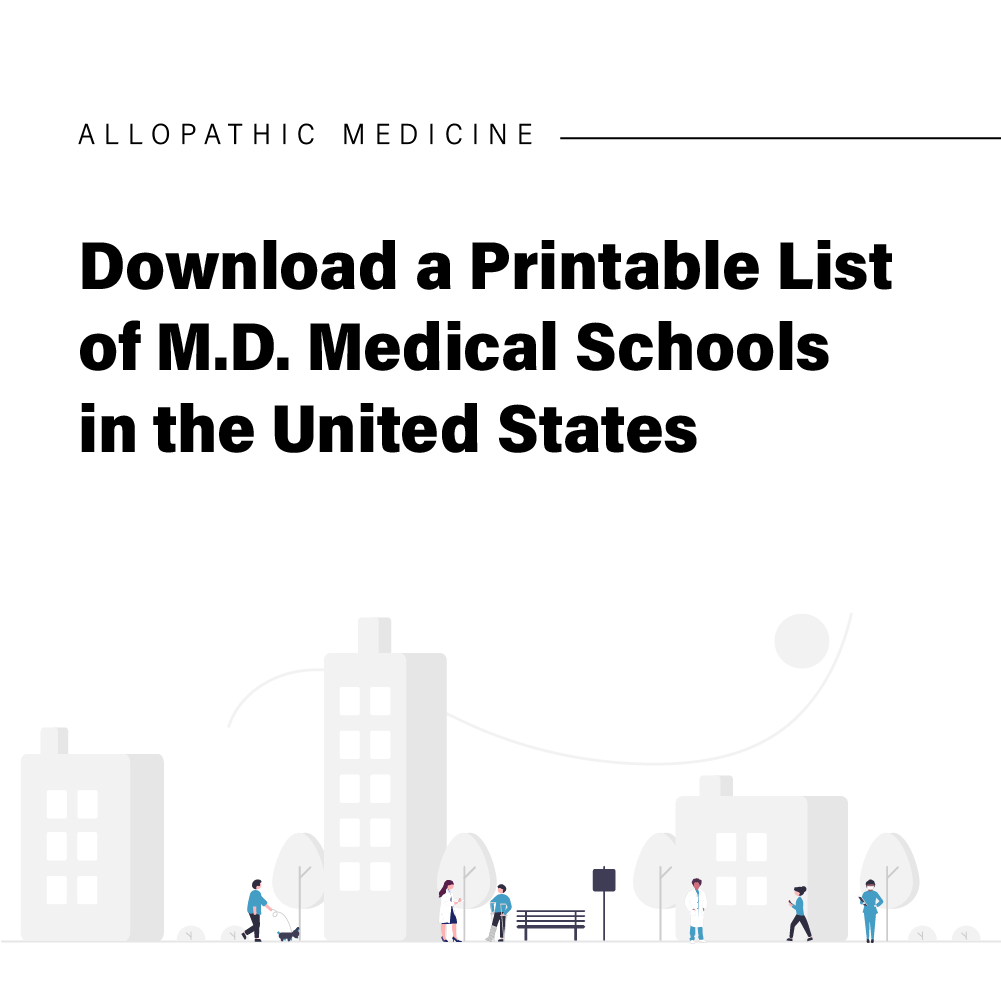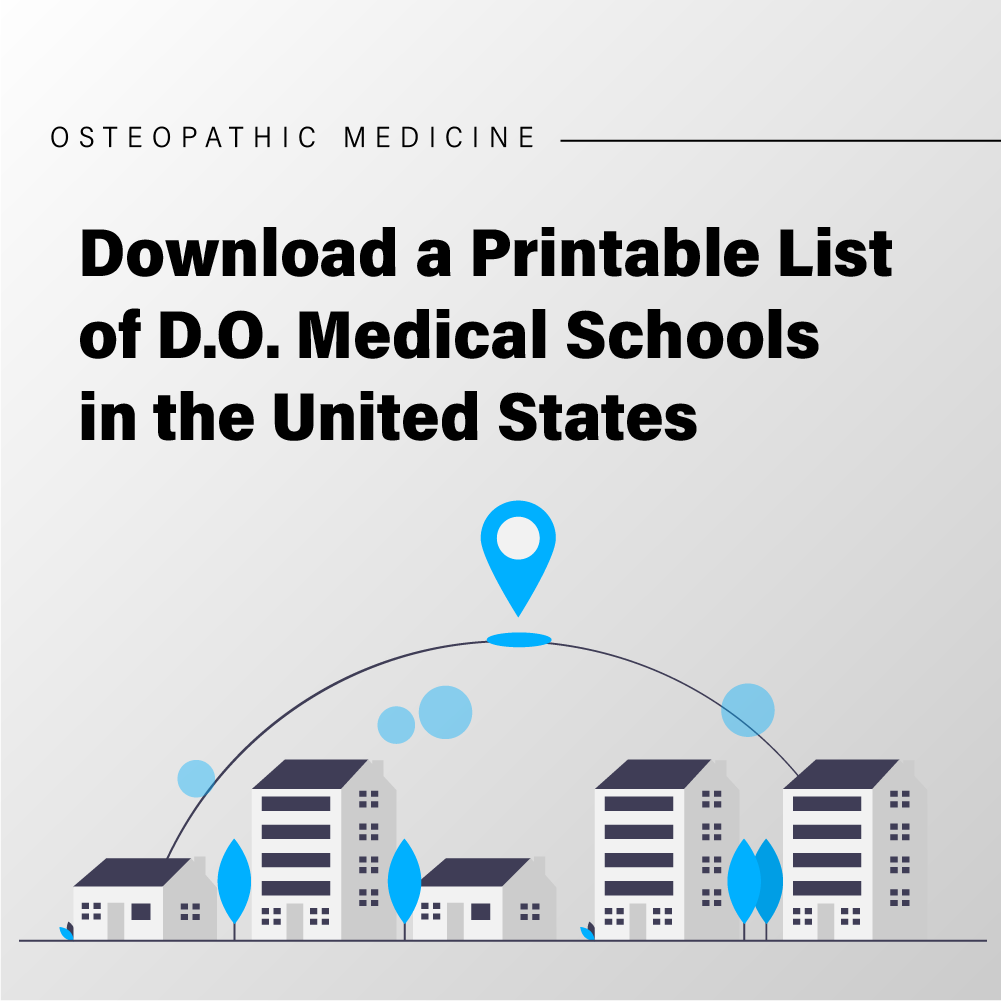What is oxidative phosphorylation?
Oxidative phosphorylation is the process by which cells produce ATP from glucose through a series of oxidation-reduction reactions and a proton gradient. The process occurs in the mitochondrial matrix and the mitochondrial intermembrane space. Electrons are transferred from NADH and FADH2 to oxygen, producing water as a by-product.
Electrons transferring from complex to complex releases energy, which is used to pump protons across the inner mitochondrial membrane. As more protons accumulate in the intermembrane space, a proton gradient is formed. This proton gradient drives the synthesis of ATP from ADP and Pi, through a process called chemiosmosis.
Does oxidative phosphorylation occur in anaerobic cells?
Anaerobic respiration can occur in the absence of oxygen. On the other hand, aerobic respiration requires oxygen.
Oxidative phosphorylation is a critical step of aerobic cellular respiration. Without it, the cell would not be able to produce ATP in abundance. Since oxidative phosphorylation requires the presence of oxygen, this process cannot take place in anaerobic cells.
What are the oxidative phosphorylation steps?
Oxidative phosphorylation can be broken down into two major steps: (1) the electron transport chain and (2) chemiosmosis.
Electron transport chain
The electron transport chain is a series of oxidation-reduction reactions that transfers electrons from complex to complex while pushing protons across the inner mitochondrial membrane.
The order in which electrons are transferred through the electron transport chain depends on whether electrons are being dropped off from NADH or FADH2.
If NADH is giving off electrons, those electrons are passed through the electron transport chain in the following order:
- Complex I
- Coenzyme Q (also known as ubiquinone)
- Complex III
- Cytochrome c
- Complex IV
- Oxygen
On the other hand, if FADH2 is giving electrons, those electrons are passed through the electron transport chain in the following order:
- Succinate
- Complex II
- Coenzyme Q (also known as ubiquinone)
- Complex III
- Cytochrome c
- Complex IV
- Oxygen
The final electron acceptor in the electron transport chain is oxygen. This is an important point, which is highly tested on finals and on the MCAT.
Now let’s get into the nitty gritty of the complexes.
Complex I (NADH-CoQ oxidoreductase)
In the first complex of the electron transport chain, NADH transfers electrons to coenzyme Q (CoQ). This complex has over 20 subunits, including coenzyme nucleotide flavin mononucleotide (FMN).
First, NADH transfers electrons to FMN. Then FMN transfers electrons to an iron-sulfur cluster. Next, the iron-sulfur cluster donates electrons to coenzyme Q. This series of oxidation-reduction reactions causes complex I to pump 4 protons across the inner mitochondrial membrane into the intermembrane space.
The overall net reaction for complex I is: NADH + H+ + CoQ → NAD+ + CoQH2
Complex II (Succinate-CoQ oxidoreductase)
While complex I receives electrons from NADH, complex II receives electrons from succinate, which is an FADH2 electron carrier. Succinate then oxidized to fumarate. Similar to complex I, the electrons transferred to complex II are donated to coenzyme Q.
The overall net reaction for complex II is: succinate + CoQ + 2H+ → fumarate + CoQH2
Complex III (CoQH2-cytochrome c oxidoreductase/cytochrome reductase)
Complex III, also called cytochrome reductase, facilitates the transfer of electrons from coenzyme Q to cytochrome c. This complex’s main contribution to the proton-motive force is through the Q cycle. In the Q cycle, two electrons are transferred from ubiquinol (CoQH2) to ubiquinone (Coenzyme Q/CoQ). In a series of a few more reactions, electrons are passed to cytochrome c. Through this process, four protons are pushed from the inner mitochondrial membrane into the intermembrane space, which further contributes to the proton gradient.
The overall net reaction for complex III is:
CoQH2 + 2 cytochrome c [with Fe3+] → CoQ + 2 cytochrome c [with Fe2+] + 2H+
Complex IV (Cytochrome c oxidase)
Complex IV transfers electrons from cytochrome c to oxygen, the final electron acceptor. Once oxygen receives the electrons, it becomes reduced, and turns into water. Through this process, two more protons are pumped across the membrane.
The overall net reaction for complex IV is:
4 cytochrome c + 4H+ + O2 → 4 cytochrome c + 2H2O
The result of the electron transport chain is a strong electrochemical proton gradient in the intermembrane space of the mitochondria. This proton gradient powers the proton-motive force that drives chemiosmosis.
Chemiosmosis
Chemiosmosis is the final pathway to harvest energy in aerobic metabolism.
In the previous section, we covered the electron transport chain, which is responsible for creating the electrochemical gradient in the mitochondrial intermembrane space. An electrochemical gradient has both electrical and chemical properties. The concentration of protons creates an electrical voltage difference, as well as an acidic difference, between the two spaces. Hence, this is why we refer to the proton gradient as an electrochemical gradient.
The energy potential of the electrochemical gradient is the proton-motive force that drives ATP synthase. ATP synthase is an enzyme that converts ADP and an inorganic phosphate to ATP. This whole process is collectively known as chemiosmosis.
What is the difference between the electron transport chain, chemiosmosis, and oxidative phosphorylation?
Complex I through complex IV, including coenzyme Q and cytochrome c, is collectively referred to as the electron transport chain. This is where electrons are shuffled from one complex to another. The electrons transferring through this path creates a proton gradient in the intermembrane mitochondrial space. As the pH of the mitochondrial intermembrane space becomes more acidic, chemiosmosis is triggered.
The electron transport chain only refers to the passing of electrons from complex I and II to oxygen. Chemiosmosis only refers to the process of ATP synthase using the proton gradient to generate ATP. Oxidative phosphorylation, on the other hand, refers to the combination of the electron transport chain and chemiosmosis.
For simplicity, think:
electron transport chain + chemiosmosis = oxidative phosphorylation
What drives the oxidative phosphorylation steps?
Oxidative phosphorylation is powered by two main sources. The electrons from energy carriers NADH and FADH2 power the electron transport chain, while the proton-motive force powers chemiosmosis.
It is important to note that NADH and FADH2 do not directly donate electrons to the electron transport chain. NADH uses an NADH shuttle system to donate electrons to complex I. FADH2 uses succinate to deliver electrons to complex II.
What is the location of the oxidative phosphorylation steps?
Oxidative phosphorylation takes place in the mitochondria of anaerobic cells. Both the inner mitochondrial space and the mitochondrial intermembrane space are involved in the steps. The inner mitochondrial membrane is assembled into folds called cristae, which maximizes the surface area.
What is the difference between substrate-level phosphorylation and oxidative phosphorylation?
Substrate-level phosphorylation uses energy from a coupled reaction to directly phosphorylate ADP. On the other hand, Oxidative phosphorylation oxidizes NADH and FADH2 to produce ATP.
What happens to the oxidative phosphorylation steps if a cell is exposed to carbon monoxide?
Carbon monoxide can bind in place of oxygen in Complex IV, which stops electron transport. Without a functioning electron transport chain, the cell will not be able to produce ATP. As the cell starves for oxygen, it will be depleted of energy and eventually die.
What happens if succinate dehydrogenase is inhibited?
Since succinate dehydrogenase plays a key role in the NADH shuttle system, it serves as a link between the TCA cycle (a.k.a. Kreb’s Cycle/Citric Acid Cycle) and oxidative phosphorylation. If succinate dehydrogenase is inhibited, both the TCA cycle and oxidative phosphorylation would be inhibited.



